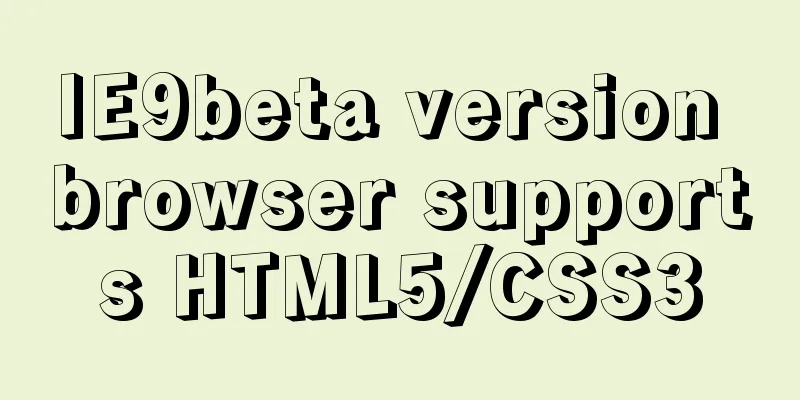Detailed explanation of React event binding

|
1. What is In The simplest event binding is as follows:
class ShowAlert extends React.Component {
showAlert() {
console.log("Hi");
}
render() {
return <button onClick={this.showAlert}>show</button>;
}
} As can be seen above, the event binding method needs to be wrapped with The above code seems to be fine, but when the processing function output code is replaced with 2. How to bind In order to solve the problem of correctly outputting
Using bind in the render method If you use a class component and give a component/element an
class App extends React.Component {
handleClick() {
console.log('this > ', this);
}
render() {
return (
<div onClick={this.handleClick.bind(this)}>test</div>
)
}
} This method will re- Using arrow functions in render method
class App extends React.Component {
handleClick() {
console.log('this > ', this);
}
render() {
return (
<div onClick={e => this.handleClick(e)}>test</div>
)
}
}Bind in constructor Pre-
class App extends React.Component {
constructor(props) {
super(props);
this.handleClick = this.handleClick.bind(this);
}
handleClick() {
console.log('this > ', this);
}
render() {
return (
<div onClick={this.handleClick}>test</div>
)
}
}Use arrow function binding in the definition phase Like the above method 3, it can avoid repeated binding in the
class App extends React.Component {
constructor(props) {
super(props);
}
handleClick = () => {
console.log('this > ', this);
}
render() {
return (
<div onClick={this.handleClick}>test</div>
)
}
}3. DifferenceThe differences between the above four methods are mainly as follows:
Based on the above, method 4 is the best event binding method This is the end of this article about React event binding. For more relevant React event binding content, please search for previous articles on 123WORDPRESS.COM or continue to browse the following related articles. I hope everyone will support 123WORDPRESS.COM in the future! You may also be interested in:
|
<<: How to install Docker CE on Ubuntu 18.04 (Community Edition)
>>: MySQL InnoDB MRR Optimization Guide
Recommend
Dockerfile echo specifies the method of implementing multiple lines of text in the specified file
Add multiple lines to the specified file in Docke...
Reasons and solutions for prompting to save action after uploading files in form
The json data must be returned in html format That...
Detailed example of MySQL joint table update data
1.MySQL UPDATE JOIN syntax In MySQL, you can use ...
How to automatically execute SQL statements when MySQL in Docker starts
When creating a MySQL container with Docker, some...
Let's talk about the difference between containers and images in Docker
What is a mirror? An image can be seen as a file ...
How MySQL uses transactions
Basics A transaction is an atomic operation on a ...
WeChat applet picker multi-column selector (mode = multiSelector)
Table of contents 1. Effect diagram (multiple col...
Example of using MRG_MyISAM (MERGE) to implement query after partitioning in MySQL
Optimizing large amounts of database data is a hu...
How to build Jenkins+Maven+Git continuous integration environment on CentOS7
This article takes the deployment of Spring boot ...
Mobile web screen adaptation (rem)
Preface I recently sorted out my previous notes o...
Research on the effect of page sidebar realized by JS
Table of contents Discover: Application of displa...
Mini Program to Implement Paging Effect
This article example shares the specific code for...
Summary of DTD usage in HTML
DTD is a set of grammatical rules for markup. It i...
Mac+IDEA+Tomcat configuration steps
Table of contents 1. Download 2. Installation and...
A brief discussion on front-end production: Is IE6 still necessary for compatibility?
The domestic market still has a certain demand fo...










